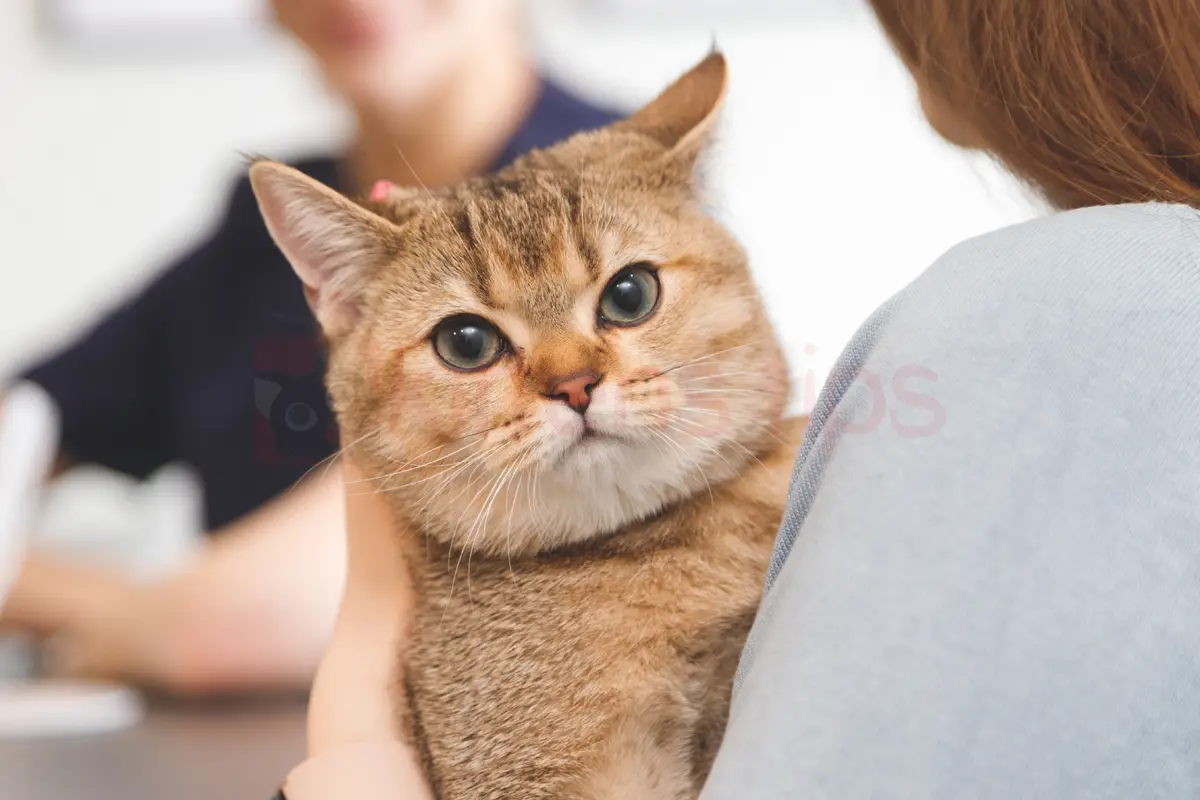In this article, we will try to explain in the simplest way possible about spaying and neutering cats. We’ll discuss the risks a cat may face during the sterilization surgery, as well as the numerous benefits, both for the cat (or tomcat) and the owner.
First and foremost, it’s important to understand the difference between spaying and neutering and what each term means.
What Does « Spaying » and « Neutering » Mean and What’s the Difference?
The terms « spaying » and « neutering » are often used interchangeably when it comes to surgical procedures for cats and dogs, but there is a subtle difference. Neutering refers to the removal of male reproductive organs (testicles) in cats and dogs, while spaying refers to the removal of female reproductive organs (ovaries). In practice, these terms are often used interchangeably, with a slight nuance. The term « spaying » is also commonly used for tomcats, while « neutering » strictly refers to male cats. In conclusion, it’s not wrong to say that you want to « sterilize your tomcat. » After the process of removing the testicles, the tomcat becomes sterile – unable to reproduce. It’s incorrect to say, « spay the female cat. »
« Sterilization of cats » can be used as a general term.
In English, there is a distinction between « neutering » and « spaying » when it comes to surgical procedures for cats and dogs. « Neutering » refers to the removal of male reproductive organs (testicles – neutering tomcats), while « spaying » refers to the removal of female reproductive organs (ovaries – spaying female cats).
Castrer les chats – Risques et avantages
Les arguments pour et contre la stérilisation des chats sont un sujet de longue date débattu sur les forums consacrés aux animaux de compagnie. Malheureusement, ceux qui s'opposent à la stérilisation ne réalisent souvent pas combien de litières pour chats finissent abandonnées ou jetées dans des sacs dès les premiers instants de la vie.
Concernant l'intervention chirurgicale, elle est beaucoup plus simple pour les chats mâles, puisqu'elle implique l'ablation des testicules sans qu'il soit nécessaire de pratiquer une incision à l'intérieur de l'abdomen, comme c'est le cas pour les femelles. Cependant, les techniques chirurgicales modernes et l’utilisation de nouveaux matériaux ont également rendu la stérilisation des femelles relativement sûre.
Risques liés à la stérilisation des chats (femelles et mâles)
En général, la stérilisation des chats est une procédure sûre avec un risque de complications relativement faible. Cependant, toute intervention chirurgicale comporte des risques, et certains sont associés à la stérilisation, même s'ils sont rares.
Let’s explore some of the possible risks associated with sterilizing cats.
Anesthésique Complications : L'anesthésie peut présenter des risques pour les chats, en particulier pour les chats plus âgés ou ceux souffrant de maladies préexistantes. Le principal risque est que le chat ne se réveille pas après l’anesthésie. Cependant, l’anesthésie moderne est relativement sûre et les complications sont rares.
Saignement: Les saignements sont rares mais peuvent survenir pendant ou après l'intervention chirurgicale. Elle peut être traitée par une intervention chirurgicale supplémentaire ou par l’administration de médicaments pour la coagulation du sang.
Infections: Il existe un faible risque d'infection après une intervention chirurgicale. La probabilité de ce risque peut être minimisée en suivant les instructions de soins postopératoires et, si nécessaire, en administrant des antibiotiques. Le vétérinaire fournira les recommandations nécessaires.
Complications urinaires: Chez le chat, il existe un faible risque de développer des problèmes urinaires après stérilisation. Des infections des voies urinaires ou des blocages urétraux peuvent survenir. Ces problèmes peuvent être graves et nécessiter une intervention médicale immédiate.
Le les risques associés à la stérilisation des chats sont relativement faibles par rapport aux avantages pour la santé et le comportement.
Les avantages de la stérilisation du chat
Cat sterilization brings numerous benefits, from increasing the cat’s lifespan to reducing the number of abandoned kittens.
Prévenir les grossesses non désirées: La stérilisation des chats évite les grossesses non désirées chez les chats et réduit la population de chats errants.
Prévenir les maladies: La stérilisation réduit le risque de maladies graves telles que les tumeurs du sein et les infections utérines.
Améliorations comportementales: La stérilisation réduit les agressions, les errances et les bagarres entre chats, ainsi que le marquage territorial et les comportements indésirables en général.
Durée de vie accrue: Sterilization can prevent certain health problems that can affect the cat’s lifespan.
Sterilization also brings peace to the owners. It is well-known that during a cat’s heat cycle, their behavior can be drastically different from their usual demeanor, often accompanied by specific vocalizations.
We won’t go into great detail about the reproductive cycles of cats in this article, but keep in mind that cats are seasonal polyestrous animals. This means they go into heat during the breeding season, which typically lasts from spring to late autumn. During the breeding season, a healthy cat can go into heat multiple times, with the number of cycles varying between 2 and 7 in a year. Indoor cats exposed to artificial lighting may have reproductive cycles throughout the year.
Le traitement contraceptif ne constitue pas une solution à long terme pour éviter la stérilisation. Certains chats peuvent ressentir des effets secondaires liés à l'utilisation de contraceptifs, tels que des vomissements, de la diarrhée, une prise de poids et des changements d'humeur. Ces effets secondaires peuvent être désagréables et nécessiter l’arrêt du traitement contraceptif.
Dans de nombreux cas, l’utilisation de contraceptifs augmente le risque de maladies telles que les tumeurs du sein et les problèmes utérins.
En conclusion, si vous souhaitez avoir un chat en bonne santé le plus longtemps possible, pensez à stériliser les chats, surtout si vous souhaitez éviter une reproduction non désirée lorsqu'un chat n'est pas destiné à la reproduction.
